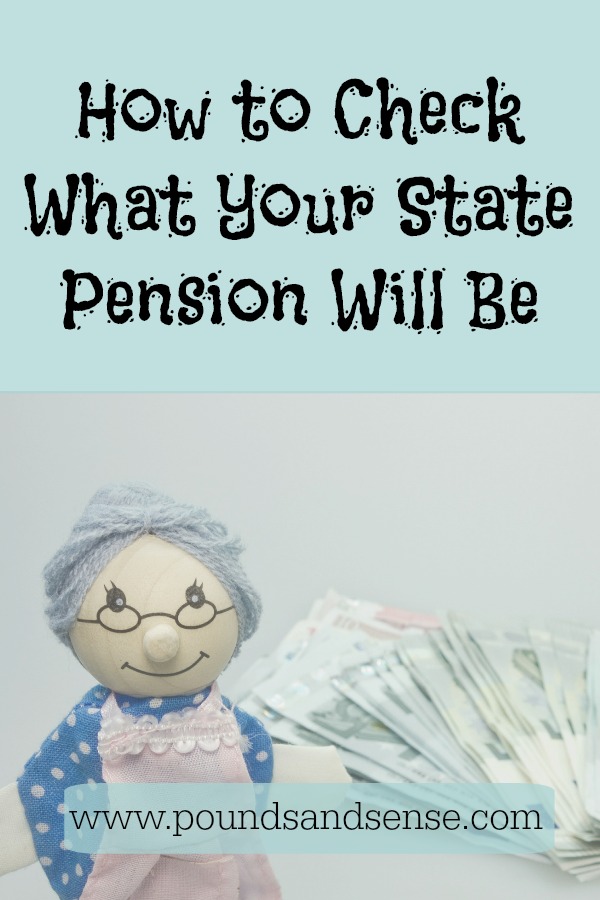Guest Post: SMI Change: What You Need to Know
This is a guest post by Sara Williams, who blogs about debt and credit ratings at Debt Camel. She is also an adviser at Citizens Advice.
If you get government help with some of your mortgage costs, you should have heard that this help, known as Support for Mortgage Interest (SMI), is changing from April 2018. About half the people getting SMI are pensioners who get Pension Credit. Many of the rest are disabled.
At the moment the SMI help is given as a “benefit”. But from April 2018, it will only be given as a loan that is secured on your house, so it has to be repaid when the house is sold.
This may sound very worrying. And some people are saying that it isn’t being explained very well by Serco, the firm the DWP is using to try to persuade people to sign the new loan documentation.
With only 6 weeks to go until the change, less than 5% of the people getting SMI have agreed to the new loan. And for people who don’t agree, their SMI will stop in April. This could mean people getting into mortgage arrears and ultimately having their house repossessed.
Questions people ask about the SMI change
Hundreds of comments have been left on an article I wrote about this SMI change. Here are some of the questions people are asking:
How much help will I get?
The same as now. Whatever SMI is currently paid to your mortgage lender, the same amount will be paid after April if you agree to the new loan.
But I’ll need more money each month as interest is now being added to this new loan?
You don’t have to start repaying this new loan, or the interest on it until your house is sold. So on an everyday basis, you will be in the same position as you are now.
Will the interest rate on the new loan increase?
The interest on the will be fixed to the UK Gilt rate – at the start it will be 1.7%. This is the rate at which the UK government can borrow – it will always be cheaper than most mortgage rates.
The loan is from the government, you don’t need to worry that Serco will change these rules and charge you more.
Will there be a delay before it’s paid?
If you are already getting SMI, the switch to the loan will be seamless; there won’t be any months when you aren’t helped.
If you aren’t currently getting SMI, the same waiting period of 39 weeks will apply as now.
Can I repay it if I get a new job?
Yes, you can repay the loan, or part of it, at any time. But it may be better to overpay your mortgage if you have spare money, as your mortgage rate will probably be higher than the interest rate on the SMI loan.
What other options are there?
Some options include:
- ask friends or family to help you with your mortgage costs – this isn’t possible for many people;
- get a lodger – but this could reduce your other benefits so get advice from Citizens Advice before deciding to do this;
- use up your savings – but most people won’t have much and using what you have could leave you unable to afford an emergency;
- sell the house and downsize or rent. This is a big change. It may be a good idea if your house is too large or difficult for you to manage or you have an interest-only mortgage ending soon, but you need advice on how it will affect your benefits first.
Should you agree to this?
I don’t like the change. I think it’s unfair and if people lose their homes, it could cost the government more money than it is supposed to save,
But you should make a pragmatic decision based on whether you have any better alternatives. Don’t be swayed by feelings about unfairness or politics.
Complain to your MP if you feel it’s unfair – these changes were discussed in Parliament, but they didn’t get much attention at the time – but don’t reject this loan without a better option.
The loan is cheap. Unless there are relatives who could help you, most people won’t have a good alternative. If you aren’t sure, or you have detailed questions, e.g. about what you are being asked to sign and its implications, go to your local Citizens Advice and ask for advice about the proposed loan and your finances, benefits and any other debts.
Thank you very much to Sara for a concise and informative article about the SMI change, which is clearly likely to affect some readers of this blog. If that includes you, with the new system coming in after 5 April 2018, it’s important to get to grips with the change and decide what is the best course of action for you.
If you have any comments, as always, feel free to post them below.



